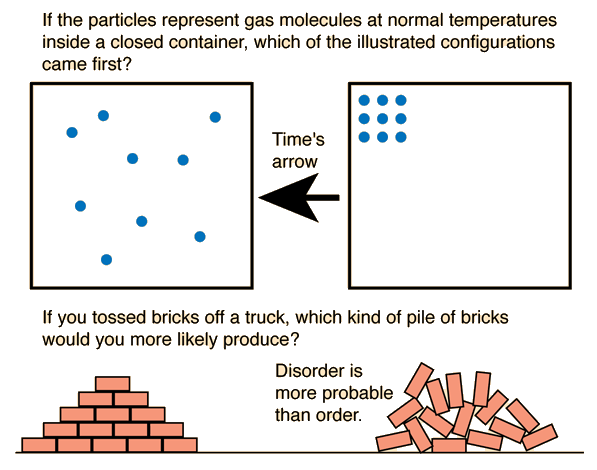
The laws of thermodynamics are at work when you play a videogame. Raymond Neilson explains his idea of entropy as a metaphor for game-playing in an analysis of Max Payne 3.
The process of playing, then, can be seen as equivalent to extracting work from a system for the purposes of “fun”. The non-trivial traversal of the ergodic text is a Carnot engine, inputting heat (our time) and outputting work (our fun). The waste heat is our time lost to replaying sequences when we fail, and the dissonance we work through to accept the necessary conventions. It is the price of a game meant to be completed instead of impossibly hard. The story nodes we move between are our thresholds, our system boundaries. However linear and unchangeable a game’s story is, it is still a process, a system, requiring our input to proceed. (Compare this to almost every other medium where the story (if one is present at all) is a sculpture, crafted by the author and placed immobile for our inspection.) What value is added to a linear story by depending on this system rests entirely on whether the game can make use of that waste heat somehow, can add to our experience of the text in a way which makes our additional input worthwhile.
For Neilson, the “wasted heat” is when we have to replay sequences and sit through cinematics. I definitely feel a lot of wasted heat when I break a sweat trying to beat a boss, only to die right before I beat him. But does my experience of frustration make winning all the sweeter?